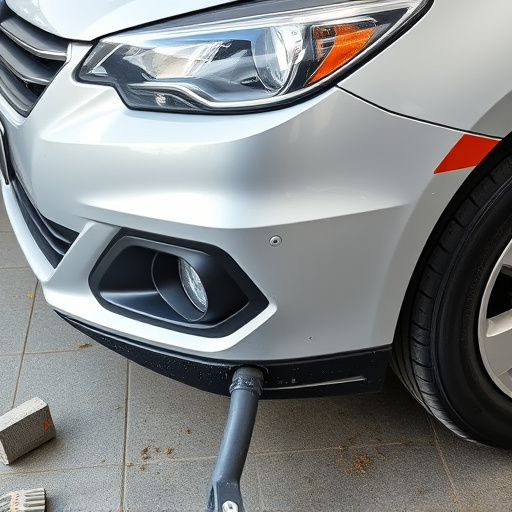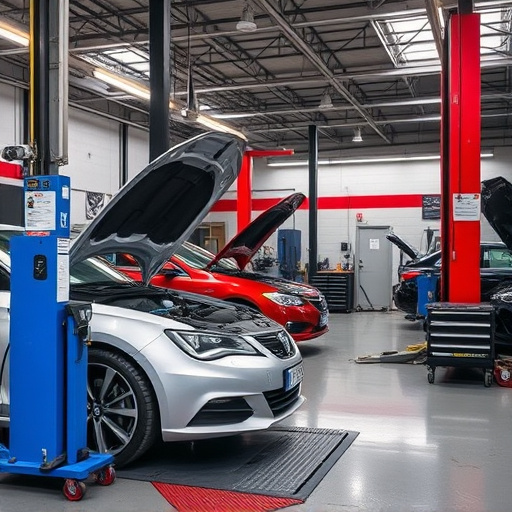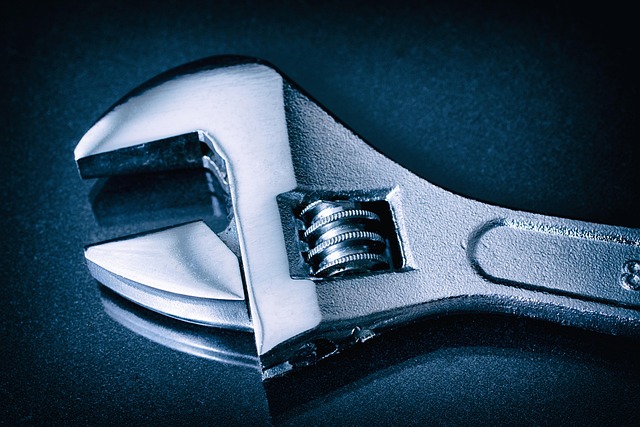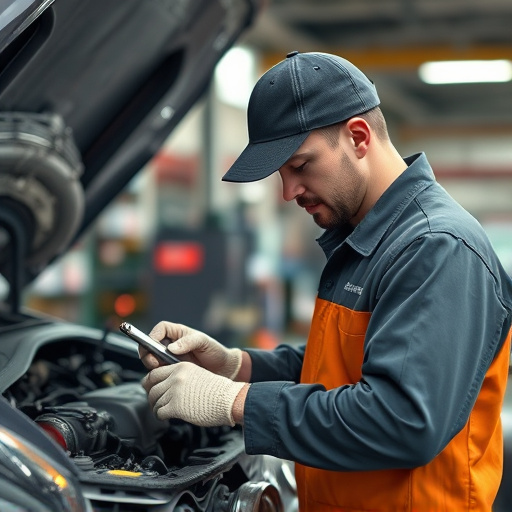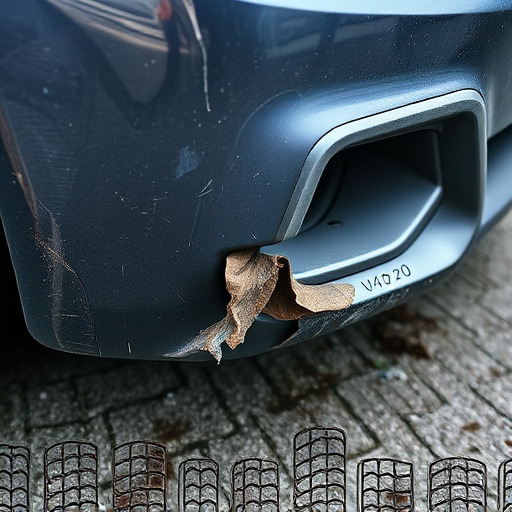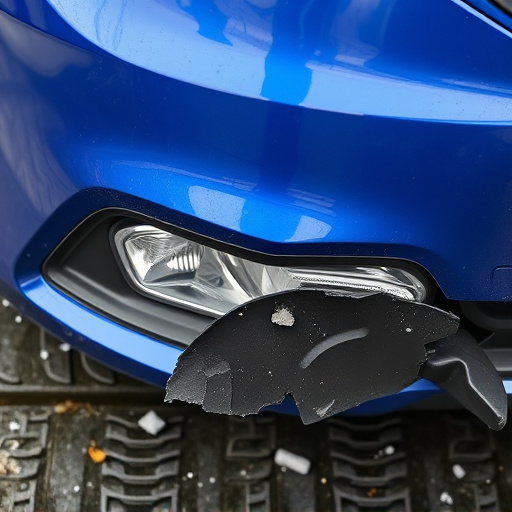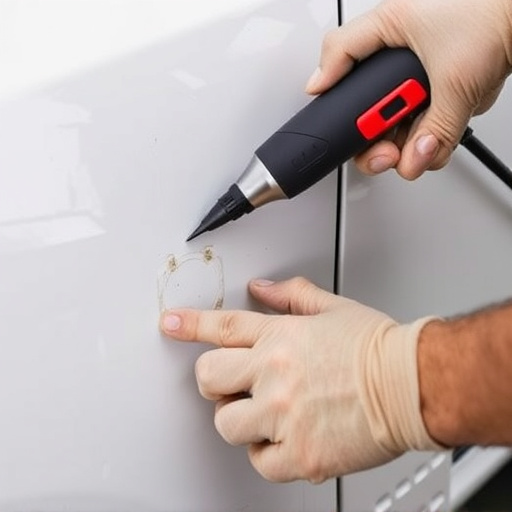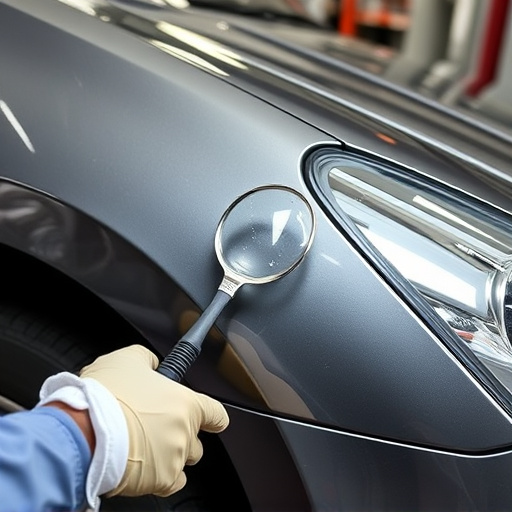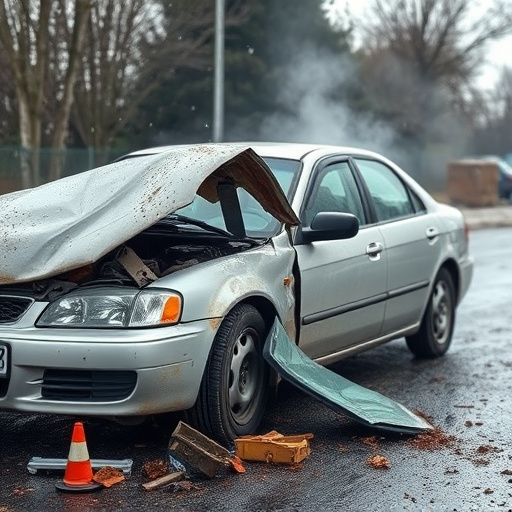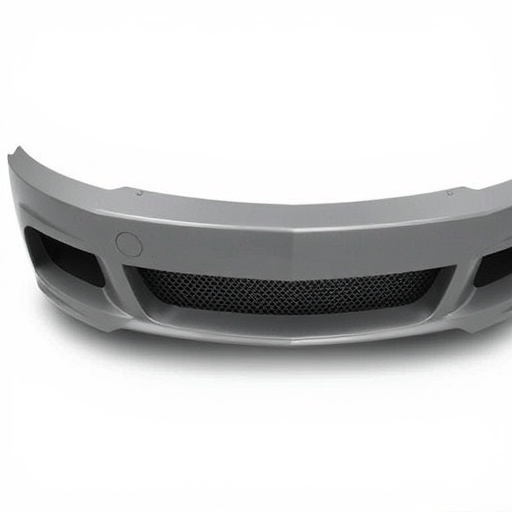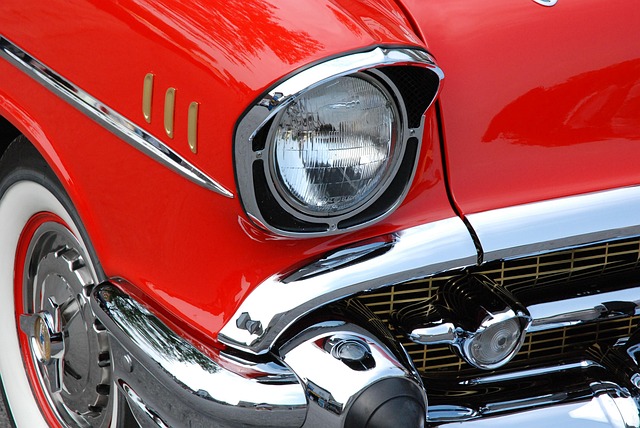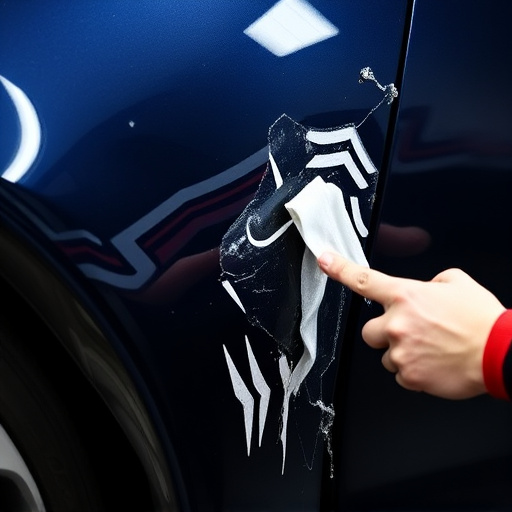Plasma cutting collision repair revolutionizes vehicle bodywork with unparalleled precision and efficiency. Skilled technicians assess damage, use a plasma arc for precise metal separation, and meticulously remove damaged components while maintaining structural integrity. This method expedites repairs, enhances quality, minimizes heat-affected zones, and is versatile for diverse auto body repairs including steel, aluminum, and glass. Despite heat generation and ventilation requirements, many collision repair centers adopt plasma cutting technology for its speed, precision, and versatility.
Plasma cutting has emerged as a game-changer in the collision repair industry, offering precise and efficient metal fabrication. This article delves into the fundamentals of plasma cutting and its application in collision repair processes. We’ll explore how this technology works, its advantages like speed and precision, and limitations such as material thickness restrictions. By understanding these key aspects, professionals can optimize plasma cutting for effective collision repair, ensuring top-quality results while considering both benefits and drawbacks.
- What is Plasma Cutting?
- Collision Repair Process Using Plasma Cutting
- Advantages and Limitations of Plasma Cutting for Collision Repair
What is Plasma Cutting?
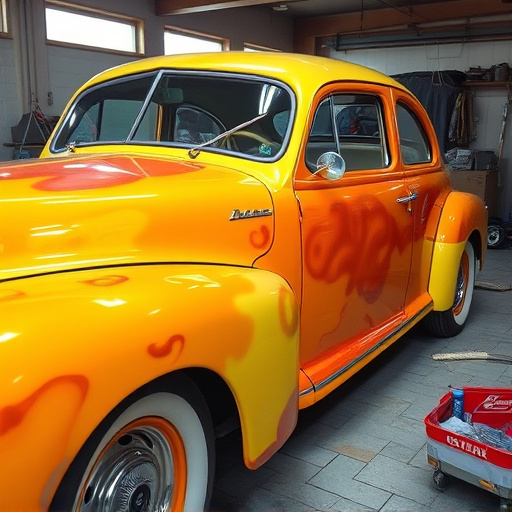
Plasma cutting is a state-of-the-art technique revolutionizing the field of collision repair and vehicle restoration. It’s a highly precise method that utilizes ionized gas to cut through metal with exceptional accuracy and speed. This innovative process involves directing a plasma arc at the material, melting it away in a clean and controlled manner. The technology is not just about cutting; it offers an efficient way to perform complex tasks such as dent removal and dent repair, ensuring minimal damage to surrounding areas.
In the context of plasma cutting collision repair, this method is invaluable for restoring vehicles to their original condition. It allows technicians to accurately remove damaged panels and replace them with new ones, or carefully fix dents and scratches without leaving visible marks. This precision not only enhances the visual appeal but also ensures structural integrity, making it a preferred choice among professionals offering top-tier vehicle repair services.
Collision Repair Process Using Plasma Cutting
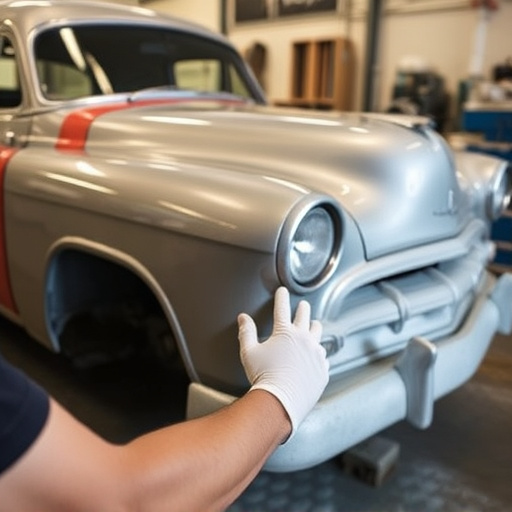
The process of collision repair using plasma cutting involves several precise steps designed to restore vehicle bodywork to its pre-accident condition. It begins with a thorough assessment of the damage, identifying areas requiring plasma cutting for accurate and clean separation of the affected components. This advanced technique utilizes a powerful plasma arc to cut through metal with exceptional speed and accuracy, minimizing heat impact on surrounding areas.
Once the plasma cutting is complete, skilled technicians carefully remove the damaged parts, preparing the vehicle for auto body repairs. The precision achieved through plasma cutting ensures that new panels fit seamlessly, maintaining the vehicle’s structural integrity and aesthetic appeal. This method not only facilitates faster repair times but also enhances the overall quality of vehicle collision repair, ensuring a durable and virtually invisible repair job.
Advantages and Limitations of Plasma Cutting for Collision Repair
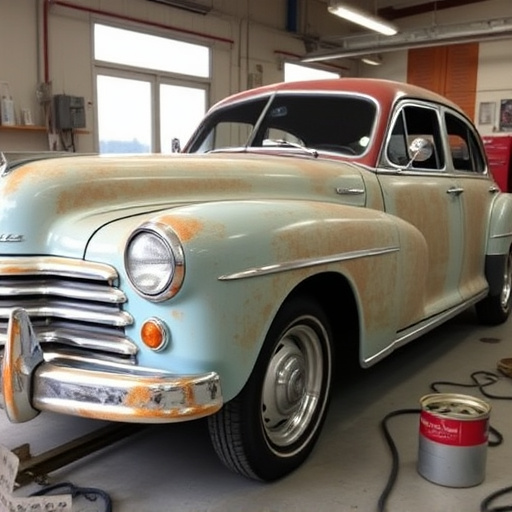
Plasma cutting offers several advantages for collision repair. It’s a highly precise method that allows for intricate and detailed cuts, minimizing heat-affected zones and reducing material distortion. This makes it ideal for working on delicate parts like auto glass repair and precision metal fabrication within collision repair centers. Plasma cutters also have a wide range of applications, capable of handling various materials from steel to aluminum and even certain types of plastics. Furthermore, plasma cutting is generally faster than traditional methods, increasing productivity in tire services and overall shop efficiency.
However, there are limitations to consider. Plasma cutting generates significant heat, which can be problematic when working on certain components or materials sensitive to high temperatures. It also requires a consistent gas supply and proper ventilation, adding complexity to the process. Additionally, while plasma cutting is efficient for flat panel work, it may not be as suitable for complex 3D shapes or curved surfaces found in modern vehicle designs. Despite these challenges, many collision repair centers are adopting plasma cutting technology for its speed, precision, and versatility in handling diverse auto body repair tasks.
Plasma cutting has emerged as a game-changer in the collision repair industry, offering precise and efficient metal fabrication. By understanding the basics of this process and its unique advantages, technicians can navigate complex repairs with greater ease. While plasma cutting collision repair boasts numerous benefits such as speed, accuracy, and minimal heat impact, it also has limitations, like material thickness restrictions and potential contamination concerns. Striking a balance between these factors ensures successful and sustainable collision repair practices.
